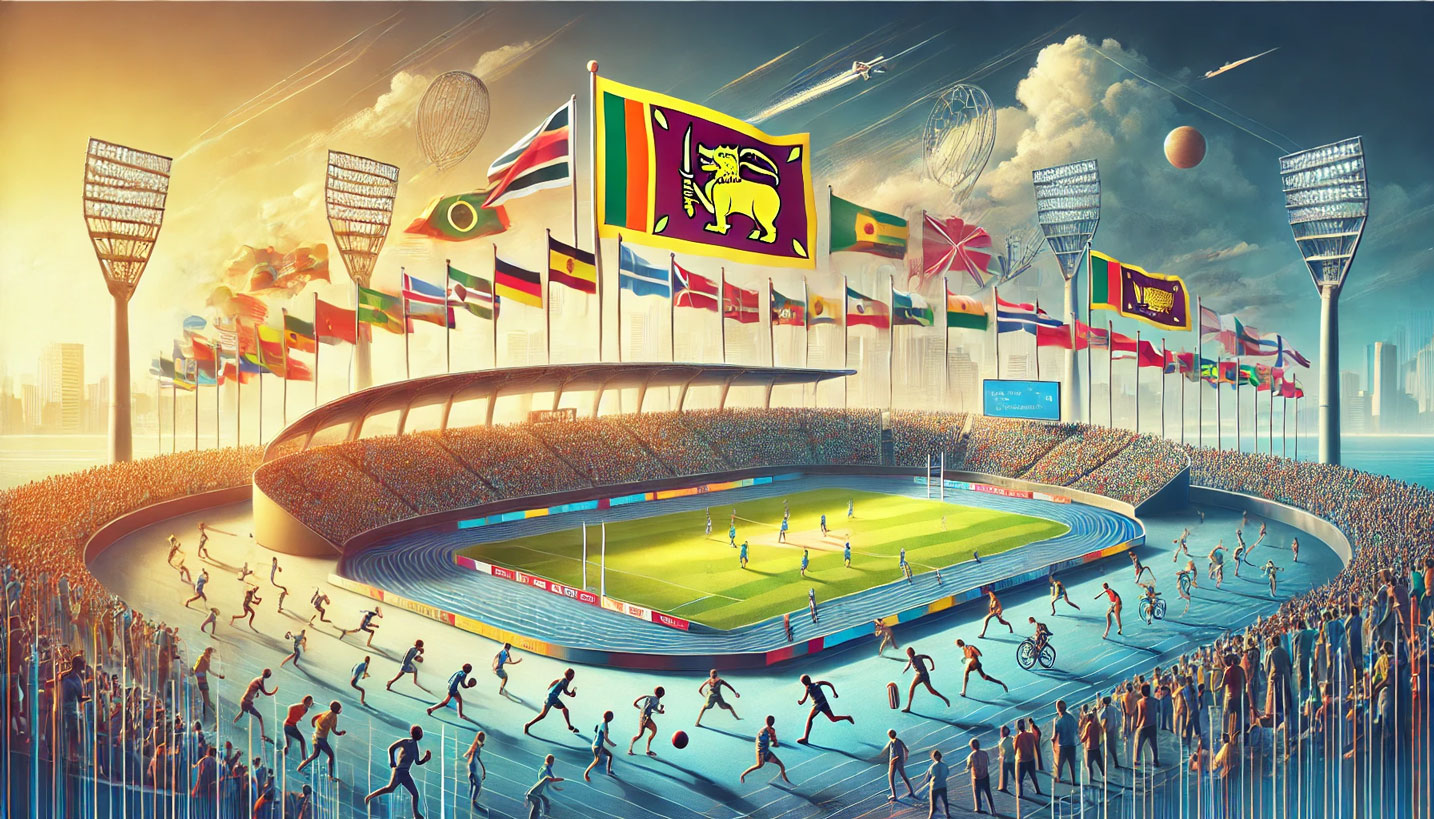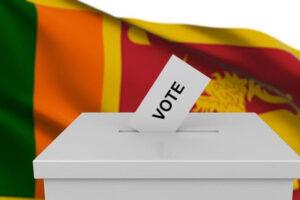
Namal Rajapaksa has always been a passionate advocate for the development of sports and recreation in Sri Lanka, viewing it as an essential element of the nation’s growth and youth empowerment. His manifesto outlines a comprehensive plan for transforming Sri Lanka into a regional hub for sports, while his past initiatives provide a clear track record of his commitment to this vision.
By fostering sports at both the grassroots and elite levels, Rajapaksa seeks to create new opportunities for the youth, boost the national economy through sports tourism, and strengthen Sri Lanka’s global sporting presence. Here are the key takeaways from his manifesto regarding sports development:
1. Transforming Sri Lanka into a Regional Sports Hub
A central component of Namal Rajapaksa’s sports vision is transforming Sri Lanka into a regional hub for sports and recreation. His manifesto emphasizes the development of infrastructure and facilities that can host international events, positioning Sri Lanka as a premier destination for regional tournaments and sporting events. By modernizing and expanding existing facilities and constructing new sports complexes, Sri Lanka can attract major international competitions, which will contribute to the nation’s economy and tourism sector.
Rajapaksa’s manifesto specifically mentions the importance of integrating sports into the country’s overall development model, connecting it with tourism and hospitality industries. The tourism booster initiative outlined in the manifesto includes plans to facilitate more international sporting events, further enhancing Sri Lanka’s profile as a global sporting destination.
2. Reactivating Sports Tourism and Promoting Major Events
Namal Rajapaksa has a strong record of utilizing sports to promote tourism. As a former Sports Minister, he played a key role in reviving sports tourism by reintroducing the Lanka Premier League (LPL), which helped elevate Sri Lanka’s cricketing profile on the international stage. His manifesto builds on this success, aiming to expand sports tourism by creating a national sports calendar that includes various international sporting events.
During his tenure, Rajapaksa also spearheaded efforts to host the Asia Cup and other major sporting events in Sri Lanka, further showcasing the country’s ability to attract and organize world-class competitions. His manifesto promises to continue this momentum, driving sports tourism as a key contributor to Sri Lanka’s economic recovery.
3. Empowering Youth Through Sports
A crucial aspect of Rajapaksa’s manifesto is the emphasis on empowering youth through sports. He recognizes that sports not only promote physical health but also instill discipline, teamwork, and leadership skills in young people. To this end, Rajapaksa is committed to developing youth-led social innovation programs that include sports as a core component of youth development.
His manifesto outlines plans to modernize school sports programs, providing better facilities, training, and equipment to nurture the next generation of athletes. By integrating sports into the broader education system, Namal envisions a future where Sri Lanka’s youth are not only academically successful but also physically and mentally strong through active participation in sports.
4. Infrastructure Development for Elite and Grassroots Sports
Namal Rajapaksa’s manifesto highlights the importance of developing sports infrastructure to support both grassroots and elite athletes. He plans to upgrade existing sports facilities across the country and build new ones in underserved areas, ensuring that every Sri Lankan has access to quality sports amenities. This includes renovating stadiums, gyms, and training centers to meet international standards, which will benefit local athletes as well as attract international teams for training camps and competitions.
His manifesto also emphasizes regional sports development, with a focus on creating sports complexes in rural areas to provide equal opportunities for all Sri Lankans to engage in sports. By decentralizing sports infrastructure, Rajapaksa aims to create a talent pipeline from across the country, identifying and nurturing athletes from diverse backgrounds.
5. Expanding Opportunities in Professional Sports
Another critical aspect of Rajapaksa’s sports development plan is his vision to expand opportunities for professional athletes. He recognizes that professional sports can offer lucrative careers for Sri Lankan youth, and his manifesto pledges to provide the necessary support for athletes to compete at the highest levels, both nationally and internationally.
To achieve this, Namal proposes increased investment in athlete training and development programs, particularly in high-demand sports like cricket, rugby, athletics, and volleyball. His past initiatives, such as the introduction of the National Sports Council to oversee the development of sports in Sri Lanka, demonstrate his long-term commitment to supporting professional athletes and creating pathways for them to succeed on the world stage.
6. Promoting a Healthier Nation Through Sports
Beyond professional sports, Namal Rajapaksa’s manifesto also underscores the importance of promoting sports and recreation for the general public as a means of creating a healthier society. His “Active Nation” initiative aims to encourage physical activity across all age groups by promoting fitness programs, recreational sports, and community sports leagues. By promoting a culture of fitness, Rajapaksa seeks to improve public health outcomes and reduce the burden on the healthcare system.
The manifesto also highlights plans to partner with private sector companies and non-governmental organizations to sponsor community sports programs and fitness events. These initiatives will help make sports accessible to all Sri Lankans, promoting a culture of wellness and healthy living.
7. Strengthening Sports Governance
In his manifesto, Rajapaksa acknowledges the need for strong governance and transparency in sports administration. He is committed to establishing a clear and accountable sports governance framework to ensure the fair and equitable management of resources within sports organizations. By implementing modern ICT-based performance monitoring systems, Namal plans to improve the efficiency and effectiveness of sports programs across the country.
This commitment to good governance extends to ensuring that Sri Lanka’s sports institutions operate with integrity and that athletes are provided with the necessary support to excel without interference from corruption or mismanagement.
Conclusion
Namal Rajapaksa’s manifesto presents a bold and visionary plan for the future of sports in Sri Lanka. By focusing on infrastructure development, youth empowerment, and international sports tourism, Rajapaksa aims to transform the country into a regional sports hub. His proven track record in reactivating key sports events, such as the Lanka Premier League, demonstrates his commitment to elevating Sri Lanka’s global sporting profile. Through his manifesto, Rajapaksa invites all Sri Lankans to join him in building a healthier, more active, and globally competitive sporting nation.
For a deeper understanding of Namal Rajapaksa’s vision for the future of Sri Lanka, we encourage you to read the full Namal Vision 2025-2035 manifesto. It offers comprehensive insights into his strategies for economic growth, digital innovation, sports development, and more. To stay up-to-date with campaign news, events, and initiatives, download the Namal Connect app today and be a part of the journey toward a prosperous Sri Lanka.






